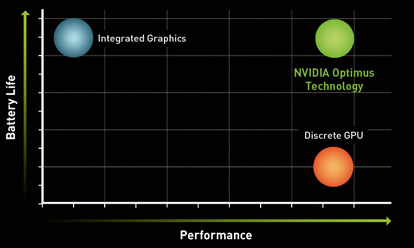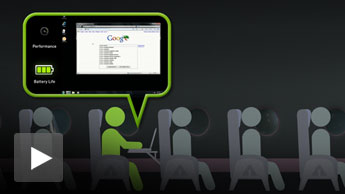A Preview of Future Disk Drives
A prototype disk drive based on phase-change memory can outperform an off-the-shelf flash hard disk .
A new type of data storage technology, called phase-change memory, has proven capable of writing some types of data faster than conventional flash based storage. The tests used a hard drive based on prototype phase-change memory chips.
Disks based on solid-state, flash memory chips are increasingly used in computers and servers because they perform faster than conventional magnetic hard drives. The performance of the experimental phase-change disk drive, created by researchers at University of California San Diego, suggests that it won't be long before that technology is able to give computing devices another speed boost.
The prototype created by the researchers is the first to publically benchmark the performance of a phase-change memory chips working in a disk drive. Several semiconductor companies are working on phase-change chips, but they have not released information about storage devices built with them.
"Phase-change chips are not quite ready for prime time, but if the technology continues to develop, this is what [solid state drives] will look like in the next few years," says
Steve Swanson, who built the prototype, known as
Onyx, with colleagues. It had a data capacity of eight gigabytes and went head-to-head with what Swanson calls a "high-end" 80 GB flash drive made for use in servers.
When it came to writing small chunks of data on the order of kilobytes in size, Onyx was between 70 percent and 120 percent faster than the commercial drive. At the same time, the prototype placed significantly less computational load on the processor of the computer using it. It was also much faster at reading data than the flash drive when accessing blocks of data of any size. The kind of large volume, small read and write patterns that Onyx excelled at are a hallmark of the type of calculations involved in analyzing social networks like those of Twitter, says Swanson. However, Onyx was much slower at writing larger chunks of data than its commercially established competitor
Onyx was built using prototype phase-change chips made by
Micron, a company working to commercialize the technology. The chips store data in a a type of glass, using small bursts of heat to switch sections of the material between two different states, or phases, that represent digital 1s and 0s. In one phase, the atoms of the glass are arranged in an ordered crystal lattice, in the other they have an amorphous, disorganized arrangement.
Onyx's performance springs from the much simpler process of writing data to a phase-change chip compared to a flash chip, which stores data as islands of electric charge on chunks of semiconductor, says Swanson. Flash chips cannot rewrite single bits of information—1s or 0s—on demand. Instead they have to erase data in "pages" of a fixed size and then go back to program in the desired data. That limits the technology's speed. "It requires a flash memory device to have software keep a little log as it goes along of which data is correct," says Swanson. "With phase-change memory you can just arbitrarily rewrite what you need."
Sudhanva Gurumurthi, who researches computer architecture at Virginia Tech, says the San Diego project is a valuable demonstration of the true capabilities of phase-change memory chips. "Much research has simulated how they would perform, but this gives insights into complexities a simulation can't capture," he says. But it will be the price of the technology that will determine when it becomes a competitive technology, says Gurumurthi.
Gurumurthi's research suggests that using phase-change memory in combination with flash memory could see the new technology reach the market earlier than the day it is cheap enough to be used in dedicated drives. Simulations showed that adding a small buffer of phase-change memory to a flash-based drive could simplify the process of writing small chunks of data, the kind of operation where flash performs least well. "We found it significantly improves performance," says Gurumurthi. "That might be enough to offset the cost of adding a small amount of phase-change memory."

Fast access: This prototype hard drive made using phase-change memory chips can read some data faster than a commercial flash hard disk.
Credit: UCSD
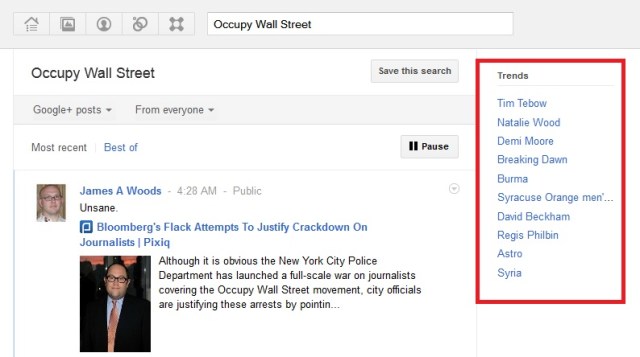






.png)
.png)
.png)
.png )


















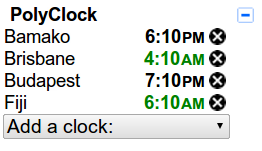





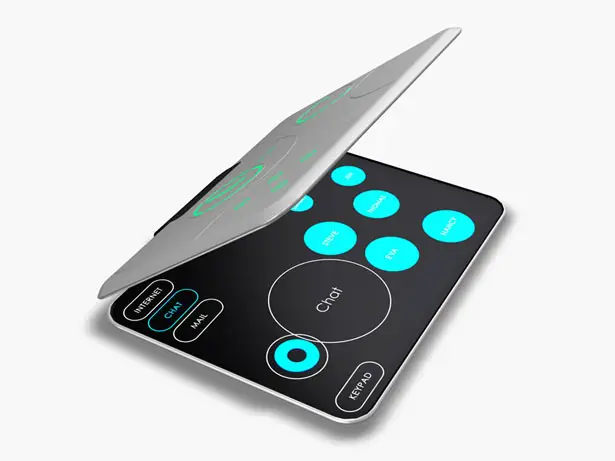
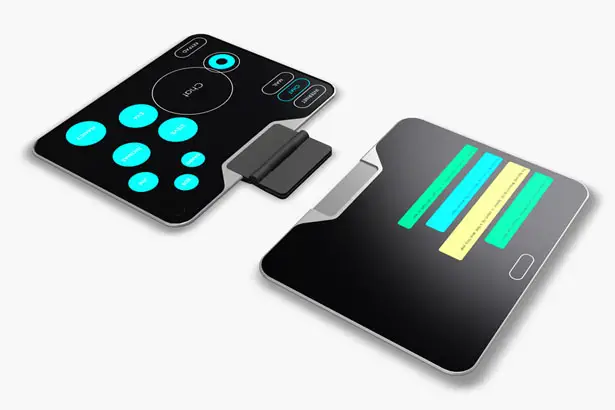








 Lowest Price:
Lowest Price: 










 Just like the G53, the VX7 has an island-style keyboard that's backlit and comfortable to type on, but it could be better. The keys themselves are nicely spaced and have good travel and feedback, but the right Shift key is undersized, and the number pad and arrow keys are smaller than they have to be. Also, we noticed a bit of flex, similar to the G53.
Just like the G53, the VX7 has an island-style keyboard that's backlit and comfortable to type on, but it could be better. The keys themselves are nicely spaced and have good travel and feedback, but the right Shift key is undersized, and the number pad and arrow keys are smaller than they have to be. Also, we noticed a bit of flex, similar to the G53. Display and Audio
Display and Audio










